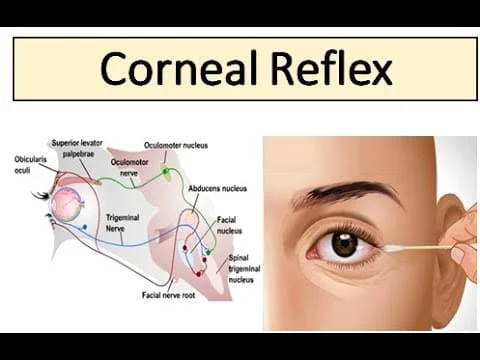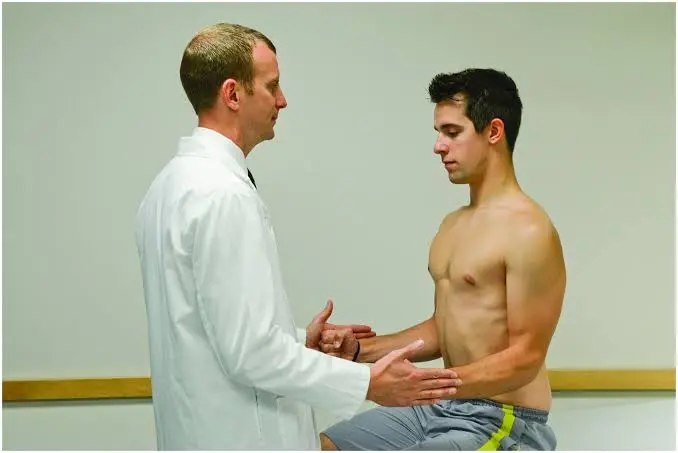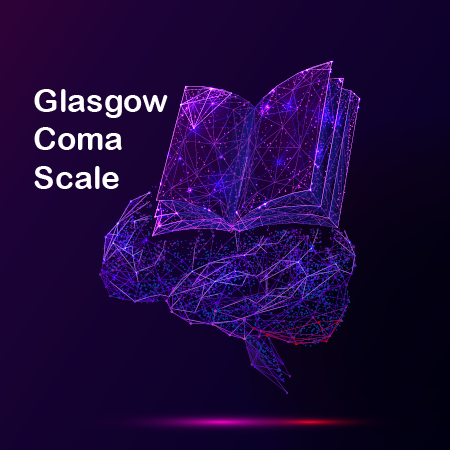Dysdiadochokinesia
Table of Contents
Definition
Dysdiadochokinesia (DDK) is the medical term used to describe difficulty performing fast and alternating movements, usually by antagonist muscle groups. It’s definite “dis-di-ad-o-ko-ki-nee-ze-a.”
DDK is not a disease itself, or a symptom of an underlying health problem.
DDK is the most commonly seen symptom of like Cerebellar ataxia, multiple sclerosis (MS), or related other brain conditions.
Symptoms
DDK may affect three major body areas:
muscles in the upper limbs
muscles in the lower limbs
muscles that control speech
those means you may have symptoms in one or more of those parts.
You may feel some or all of these symptoms if you have DDK:
balance and walking different including slowness, awkward or rigid movement slow coordination of the arms, hands, or legs in articulate or incomprehensible speech problems stopping one movement and starting another in the opposite direction.
A person with DDK may have a problem fast turning their hand over several times against a hard, flat surface, or screwing or unscrewing a light bulb. They can also have difficulty rapidly repeating one to three syllables in a row, like “pa-ta-ka.”
Dysdiadochokinesia – Normal and Abnormal Video
Causes
DDK most often arrives from a disturbance in the brain. The cerebellum can a large part of the brain that controls individuals’ muscle movements, posture, and balance. It’s thought that people with DDK are not able to switch muscle groups on and off in a coordinated way.
DDK may be the result of an underlying brain condition, like:
multiple sclerosis
Friedreich’s ataxia
ataxic dysarthria (a speech disorder)
Diagnosis
There are many physical tests a therapist may perform to observe the presence and extent of DDK.
In the starting stages, your doctor can recommend physical tests to check your ability to fast alternate movements. the doctor’s office is doing these tests, often by a neurologist.
Other tests may include:
Rapidly alternating movement evaluation. You can put the palm of one hand on a flat surface (often the upper thigh), and then continuously flip the hand palm side up, then back to palm side down as fast as possible.
Point-to-point movement evaluation. You’ll be asked to touch your nose and then, using the same finger and as fast as possible, touch the outstretched finger of the person doing the test.
Heel shin test. You can put one heel on one shin just below the knee, and then slide the heel down the shin to the foot. You should goal for fast, coordinated movements.
Romberg test. You can stand still with your heels together and your eyes closed. If you lost your balance in this position, you may have a partial form of DDK.
Gait test. You can be instructed to walk normally, and then walk heel to toe.
A person with DDK will not be able to perform these tests in a correct or coordinated manner. Your movements can be clumsy, unusual, or slowed.
If symptoms are thought to be from a brain lesion, your doctor will instruct an MRI to detect and describe the lesion.
Treatment
There have many causes of cerebral lesions and of DDK, and the treatment can be both mixed and challenging. A common approach can a physical therapy to help assist with movement disorders.
Exercises for dysdiadochokinesis
If you have DDK, or other balance or walking conditions, always get a physical therapist’s permission before trying any exercise at home. Also, perfection to exercise in safe surroundings. prevent exercising on not smooth surfaces that could lead to injury if you fall down.
Warm up your muscles before starting these exercises. To warm up, do a continuous activity, like jogging, using an arm bike, or using a treadmill, for at least five minutes. This improves the temperature of the muscles and body, that in turn helps:
increase the range of motion
decrease stiffness
dilate the blood vessels
improve mental focus
Romberg exercise
This exercise follows the same procedure as the Romberg test. Stand still with your heels together. you can put your eyes open for 10 seconds while you hold your balance, and then close them for 10 seconds or until you start losing your balance. Make sure you have something you can grasp onto if you lose your balance.
Unilateral stance
Standing on one leg for 30 seconds, and then change legs. This can be done continuously, and as you observe your balance improving, you can start different surfaces and movements to train posture and balance strategies.
Other balance training
You may also try changing the positions of your arms and legs in a coordinated manner while sitting or standing. One way of doing this is to try individual heel and toe taps on the floor. due to tightening the belly muscles and paying attention to posture, this exercise helps strengthen your core muscles, there is an important part of all body strength.
Strengthening exercises
Muscle weakness can be commonly seen in DDK and makes movement more problematic. Muscle strength also reduces with age. Exercises to help improve strength in the lower extremities and upper body, important for the shoulders, are a good manner to help improve or maintain balance and muscle strength. Exercises to strengthen the core muscles may also be helpful.
FAQs
The neurologist can test alternating movements in most muscle groups in persons suspected of cerebellar disorders. Successive pronation or supination of the hands, fast tapping of the fingers, and rapid opening and closing of the fists are all diadochokinetic diagnostic tests.






2 Comments